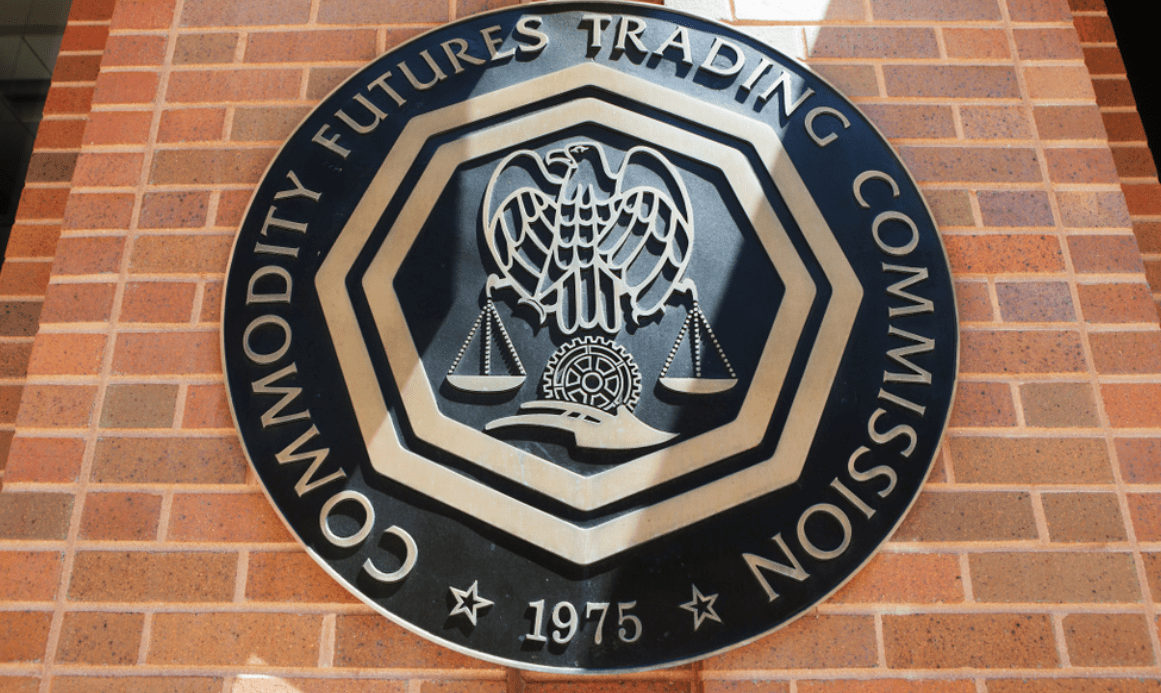On August 27, 2025, a piece of news that could shake the cryptocurrency sector was released: the U.S. Commodity Futures Trading Commission (CFTC) officially adopted Nasdaq's monitoring system, which undoubtedly marks a critical step in the field of cryptocurrency regulation. In the current environment of rapid changes in the cryptocurrency market and 24/7 uninterrupted trading, CFTC acting chair Caroline Pham stated that this system will completely eliminate outdated technologies from the 1990s, allowing regulatory agencies to 'stay a step ahead' in the wave of cryptocurrencies and keep pace with the ever-changing market.

This initiative is significant, aiming to comprehensively enhance the regulatory strength over traditional markets and crypto assets. Real-time monitoring, automated alerts, and cross-market analysis capabilities are like giving regulators 'X-ray vision' and 'keen hearing', focusing on combating fraud, manipulation, and abuse in the market, striving to restore a 'clear sky' for the market. It's worth mentioning that the announcement of this news coincides with the CFTC's full push for the 'crypto sprint' plan, which has clear objectives, both to implement the valuable recommendations of the presidential digital asset market working group and to adequately prepare for potential legislation such as the CLARITY Act.
Once the news was released, the cryptocurrency sector exploded with reactions from various quarters. In the short term, the crypto market was like a stone thrown into water, creating ripples. On platform X (formerly Twitter), community discussion surged, with most users holding a neutral to positive attitude, viewing this as a positive signal of 'regulatory upgrade.' As a result, the prices of mainstream crypto assets such as Bitcoin (BTC) and Ethereum (ETH) rose in response, expected to increase by 1-5%. Many users excitedly expressed in posts that this move will greatly 'enhance market transparency,' resonating with the pro-crypto policies of the Trump administration (such as Project Crypto), injecting a 'shot in the arm' into the market.

However, the market's reaction is always complex and multifaceted. Some investors are worried that stricter scrutiny is coming soon, leading to a sell-off of alternative coins (altcoins) and decentralized finance (DeFi) projects, causing a temporary contraction in the overall cryptocurrency market capitalization. In terms of trading volume, the real-time alert function of the Nasdaq system acts like a 'double-edged sword'; while it can accurately detect wash trading and manipulative behavior, purifying the market environment, it has also caused some exchanges that are not yet fully compliant to 'suffer' in the short term, with trading volume expected to decrease by 5-10%.
Looking towards the mid-term, as regulation gradually deepens, many changes will follow. If Congress successfully passes legislation such as the CLARITY Act, the CFTC's regulatory power will be significantly expanded, at which point most crypto assets will be clearly classified as 'commodities' rather than 'securities' as defined by the U.S. Securities and Exchange Commission (SEC). This definition is significant and will bring clear registration requirements, anti-money laundering (AML) obligations, and detailed reporting standards for exchanges, brokers, and dealers.
For the cryptocurrency sector, this change has both advantages and disadvantages. From a positive perspective, the significant reduction in regulatory uncertainty seems to open a big door for institutional investors. Many institutional investors, such as pension funds and ETFs, are beginning to stir. Semantic search results on platform X show that many posts believe this will greatly 'boost investor confidence,' much like the strong rebound the market experienced after the SEC approved the Bitcoin spot ETF. Stablecoins (like USDT, USDC) and futures trading are expected to be the biggest beneficiaries, with trading volume likely to grow by over 20%.
However, everything has two sides. Small and medium-sized projects and DeFi protocols are not so lucky, as higher compliance costs loom like a mountain in front of them. Some projects may reluctantly choose to slow down their pace of innovation or even relocate overseas to seek a more lenient regulatory environment, such as the EU's MiCA framework. On platform X, many users have expressed concern about this phenomenon, stating that it may 'stifle the soul of decentralization.'
At the same time, the powerful cross-market analysis capabilities of the Nasdaq system allow the CFTC to accurately monitor the intersection of traditional finance and the crypto space, such as predicting markets and stablecoins. This change has prompted banks and traditional exchanges (like Coinbase and Kraken) to accelerate their federal registration processes, paving the way for the legalization of 'spot crypto trading' at CFTC-registered exchanges. In the mid-term, it is expected that hundreds of billions of dollars in institutional funds will flood in, significantly enhancing overall market liquidity. However, it should not be overlooked that this may also exacerbate market concentration, as the 'Matthew effect' of the rich getting richer may become more pronounced.

The increase in law enforcement is also a significant change in the mid-term. The automated alert system acts like a tireless 'guardian,' greatly accelerating the detection of fraudulent activities, such as insider trading and market manipulation. In recent discussions on platform X, many users pointed out that this system is similar to the SEC's monitoring protocol and is expected to significantly reduce the probability of 'black swan' events like the FTX collapse. Of course, this also means that high-risk traders will face more fines and investigations, making the trading environment stricter.
Looking ahead to the long term, the CFTC, with this advanced system, is expected to transform into a '21st-century regulator,' seamlessly integrating with global regulatory standards (such as the EU's digital euro). For the cryptocurrency sector, this undoubtedly marks a key step from 'wild growth' to a mature market. In the future, more ETF approvals, the opening of bank custody services, and an increase in global competitiveness will follow. As CFTC acting chair Pham said, the U.S. is expected to become the global 'crypto capital,' driving robust economic growth. By 2026, the market capitalization of cryptocurrencies is expected to see a significant increase of 30-50%, all thanks to the deep participation of institutional investors.
However, challenges and opportunities always arise together. Strengthening regulation may bring about market standardization, but it could also suppress some innovations, especially those focused on privacy protection, such as privacy coins or permissionless DeFi. Semantic searches on platform X show that some users are worried about the emergence of 'surveillance state'-like excessive regulation, which echoes concerns about the privacy of central bank digital currencies (CBDCs). Additionally, the issue of staffing shortages within the CFTC cannot be ignored, as several commissioners are about to leave, which may delay the pace of regulatory enforcement to some extent. If the relevant legislation ultimately fails to pass, a regulatory vacuum could lead to increased market volatility, plunging the cryptocurrency sector into a new round of uncertainty.
As the world's largest economy, this regulatory move by the United States will undoubtedly trigger a chain reaction globally. The cryptocurrency sector may welcome more opportunities for cross-border cooperation, but will also face fierce competition from other countries and regions, such as relatively loose regulatory environments in parts of Asia, which may attract some projects and capital.
In summary, the CFTC's adoption of the Nasdaq monitoring system is overall more beneficial than detrimental for the cryptocurrency sector. It acts like a lighthouse, illuminating the path for the crypto market from the fringes to the mainstream stage. However, during this process, the cryptocurrency community must always pay attention to legislative progress and be wary of potential risks of excessive intervention. For investors, closely monitoring updates on the CFTC's 'crypto sprint' plan and real-time discussions on platform X will help accurately grasp market sentiment. If you are a trader, it might be worth considering low-risk trading strategies around mainstream assets in the short term; in the long run, this move will undoubtedly further strengthen the legitimate status of cryptocurrencies, bringing more stability and opportunities to the market.
Disclaimer: The content of this article is for reference only and does not constitute any investment advice. Investors should rationally view cryptocurrency investments based on their own risk tolerance and investment goals and should not follow the trend blindly.


